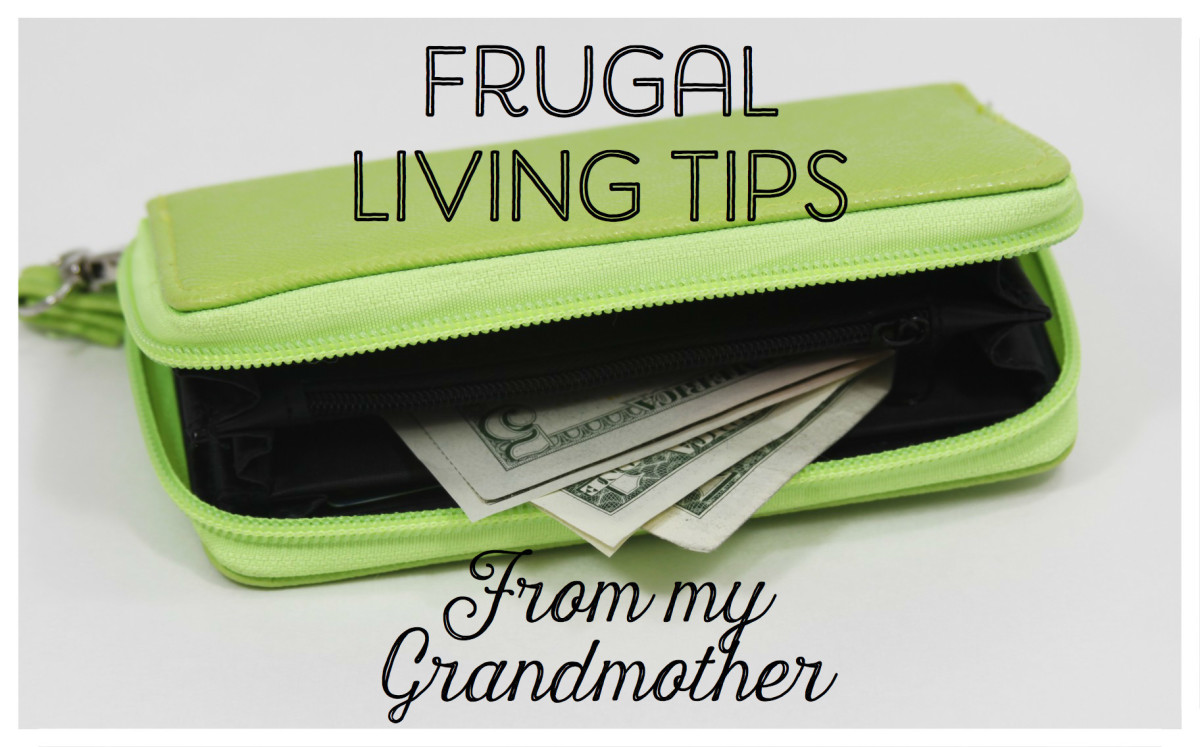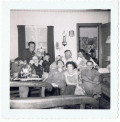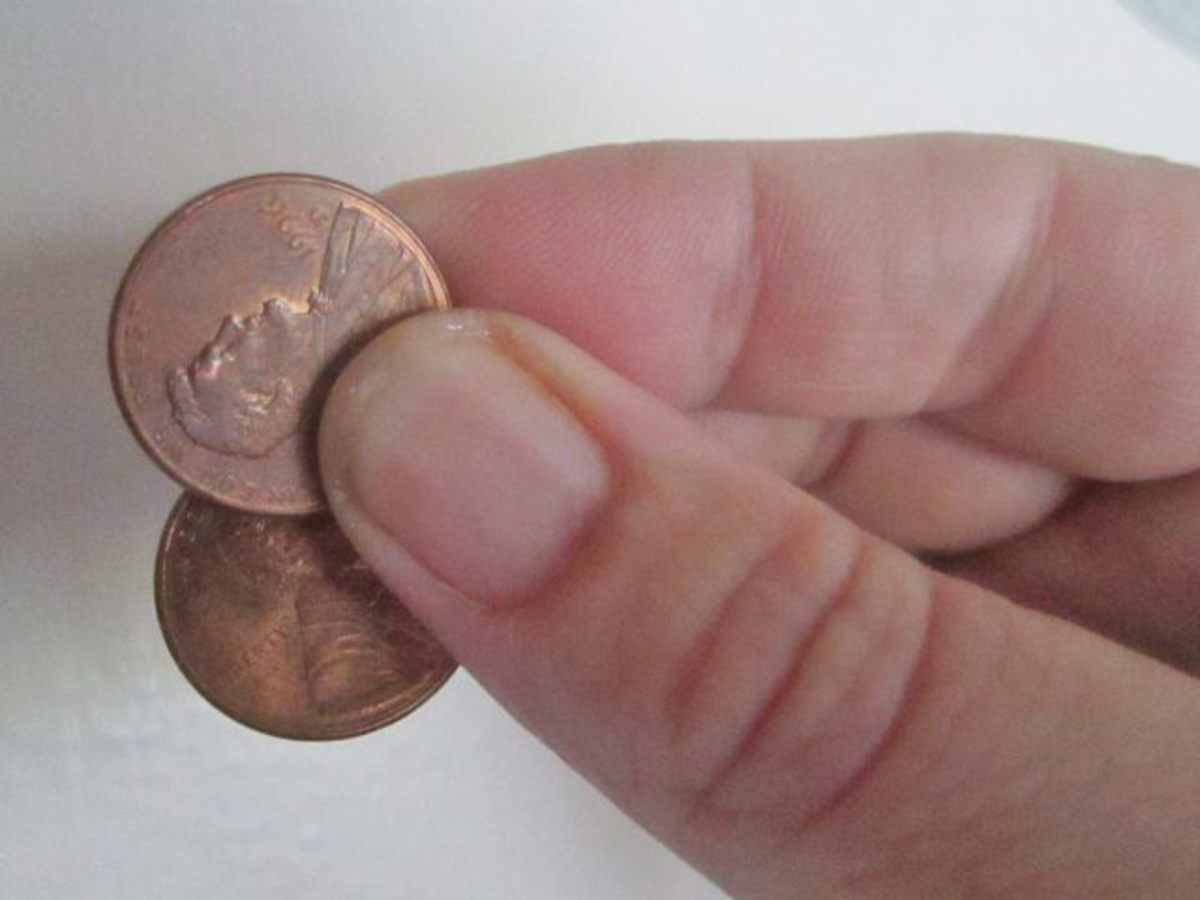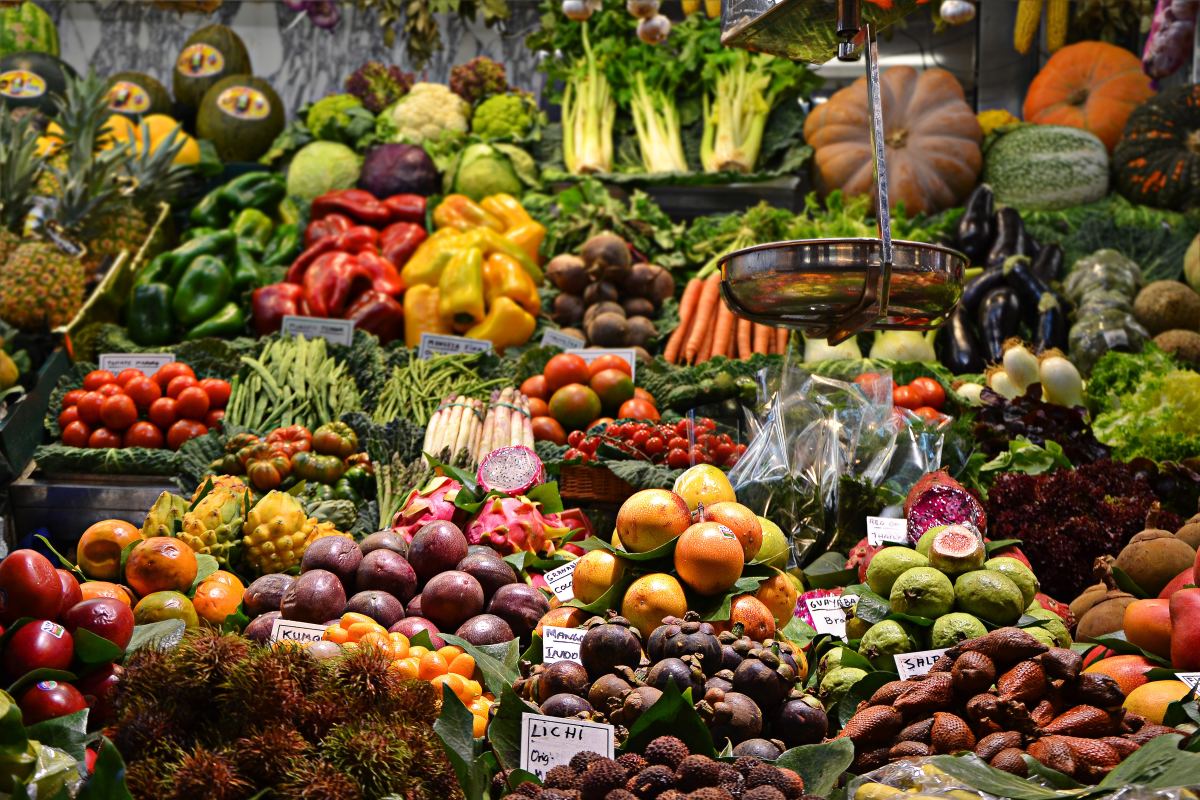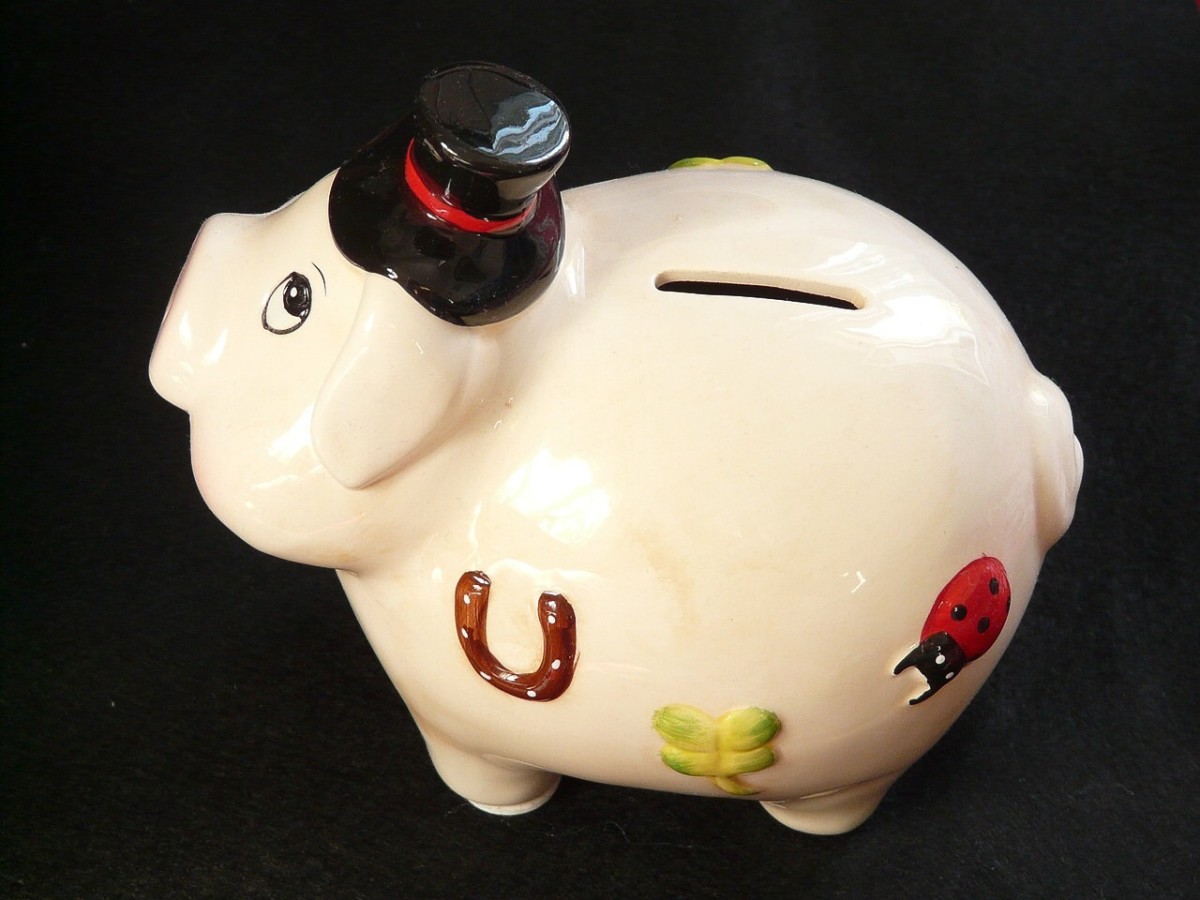Green, Frugal Living & Yesteryear

Yesteryear's Green Living
In my world, chunks of green living laws and frugality are inexorably intertwined, but a recent comment from a friend made me think that it may not be so for others.
Our relentless search for the many items that make our lives easier or more interesting, the newer and better, the next big craze, are the very things that bring on our environmental headaches.
We used to be a lot greener when I was young, but it just didn't have a label.
- We had bottled things, such as milk, beer and cool drink bottles. These were always returned to the store, you obtained your deposit, and the repeatedly used bottles were sent back to the dairies or factories. Our food was not prepackaged in plastic either, so we didn't have the build up of plastic we see today.
- We used to walk to the shops, not drive the car. Clothes dried on a line outside in the sun along with the rest of the washing.
- Clothes were always handed on, if it wasn't going down, it went across to the charities.
- Vegetables mostly came from the veg patch or garden, shelling peas was my job. Vegetable peelings were put on the compost heap to enrich the soil.
- Sunday's roast chicken was still scratching around the yard in the morning.
- Eggs were collected daily, the chickens happily producing what we call today jumbo eggs, in those days they were normal eggs.
- Percolated coffee was on the stove, and if you wanted anything chopped, mixed or blended, that is what you did by hand - machines were not on hand to do everything for you.
- The lawn was cut by a push mower using manpower. Rainwater collected in tanks to be used in the garden or land when the rain had left us. We didn't need the gym, as we naturally got a lot of exercise working at home.
- Children played in the sand, there weren't many toys, an imagination was required to play. We walked or rode bikes to a friend's house, parents were not used as taxis. The imaginations of yesteryear, were fired by books, not by the contrived story lines of video or computer games.
- Aerosol cans were not the norm, and simple things like vinegar, lemon and bicarbonate of soda, were used to clean. If we sent a parcel, we padded it with old newspapers not bubble wrap.
- Electrical equipment such as fridges, vacuum cleaners or washing machines lasted for at least 30 years. My Gran had a Kelvinator fridge for 40 years!
- In order to create work, we became a throw away society and built a limited life-span into our equipment including cars, which gives us a mountain of metal to re-cycle.
- We only had one television, with a not very large screen, we filled our pens with ink, used a map to go somewhere we didn't know, and had telephone conversation with family who were far away rather than bouncing their messages or faces off one of the satellites orbiting earth.
- We did not have much, if any, electronic equipment in our homes - so trying to dispose of its' toxicity correctly was never an issue.
Life in America in the 1950's
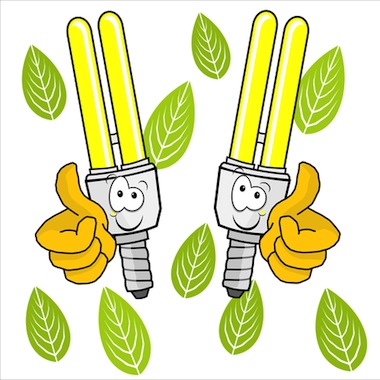
Green Living and Frugality
We have had to expand the environmentally friendly recycling programs, rethink appliances, waste alternatives and products.
How can we help and at the same time put cash in our pockets?
Electricity and Water:
- Heating - wash in cold water and in full loads only, it is better for your clothes. Dry them on the line, they smell fresher and keep the electricity costs down.
- Shorten your showers from 10 minutes to 4 minutes and cut your monthly water waste from 700 gallons to 300 gallons.
- Lower your thermostat a little in winter and raise it a few degrees in summer will save on energy costs, and emit less carbon dioxide.
10% of your electricity bill can be saved by unplugging unused appliances and electronics. Toasters, hairdryers, printers, electric toothbrushes, cell phone chargers, coffee grinders etc.
Make your Own Household Products
Not everything in the home needs to be sanitized off the planet, we do need to develop immunities. DIY cleaners limit the exposure of toxins and polluted air for children and pets.
- Four Tablespoons of baking soda in a quart of water, will clean most spills.
- Half cup of baking soda, one cup white vinegar and one gallon of boiling water mixed together and poured down the drain will clean it.
Life in America in the 1960's

Beauty on a Shoestring
You can replace many of your beauty and health products with homemade solutions, and there are many sites, here on Hubpages, promoting effective and simple to make products.
Clothing from secondhand or thrift stores are only lightly used and always laundered. You could find higher quality merchandise, which is more resistant to wear and tear, at a huge discount. Donate your old clothes back for another family.
Paper & Plastic
One single mature tree can absorb as much as 48 lbs of carbon dioxide each year and release enough clean oxygen into the atmosphere to sustain two people for life.
As 900 million trees are cut down annually to serve the US paper industry and nearly 1 trillion plastic bags are used worldwide, change to reusable to save on landfill. As many stores now charge per bag, this will also keep some money in your pocket.
Paper Wastage:
- The average employee goes through 10 000 sheets of paper a year, the same amount one tree produces. When printing, choose recycled stock, and ensure the margins are narrowed down, which will reduce your page count.
- Receive and pay your bills on line, and ensure your name is removed from lists you're not interested in.
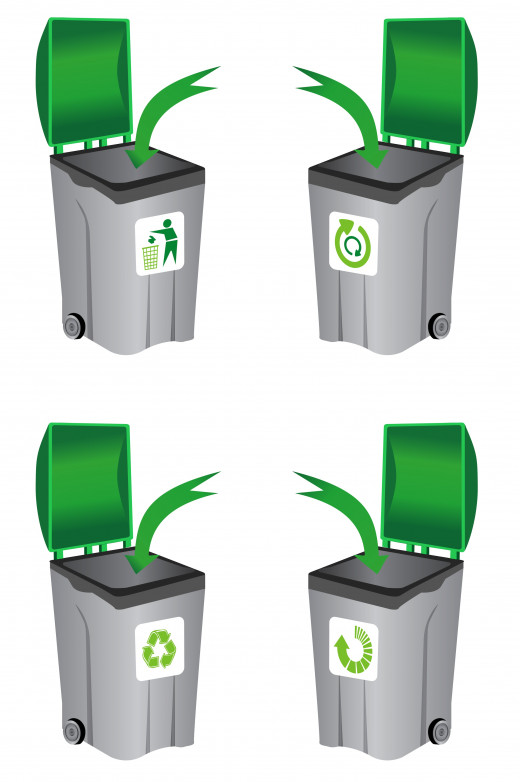
Before you Throw it Away
Electronics are an absolutely essential item to recycle, they contain toxic chemicals that should not be leaked in to soil. If the product is functioning, donate it to charity. Many places like Freecycle.com will pay for your old electronics.
Share or Borrow
A more simple solution is to borrow it. Pool with your neighbour to buy a ride on lawnmower or a snowblower that you can all use. Of course if you use a shovel, you can get your heart rate up and savings balance.
Buy Low Energy Appliances
When you have to replace that appliance, ensure that the Energy Star rating is high, as not only will you be saving gas emissions, but also utility costs for your household.
The Gas price isn't Budget Friendly
Pick out a few spots that you visit within a mile of your home. Make a pact that you and your family will try to walk there in future. Set up a carpool system with neighbours for school trips. If you can walk or bike it on short trips, this will not only save fuel money but you will be investing in your health.
Eat Green
Obviously meat is an easy way to cut down on cost and environmental harm. Cut down on one less meat meal a week than you're accustomed to. Cook meals yourself and avoid eating out as some estimates say, that an average family spends $4500 per year eating out, and often there is waste. By cooking your own meals you are in charge of the ingredients, their source plus the amount you cook.
Local is Better
Fruit, vegetables, meat and fish travel around 1500 miles to reach your mouth (think carbon emissions). Picking up produce from your local farmer's market is both less expensive and chemical free.
America of Yesteryear
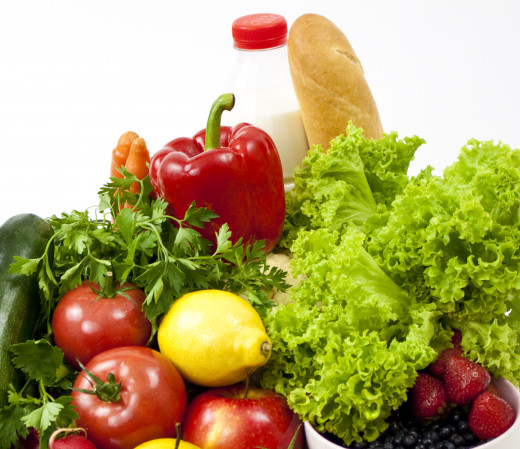
Grow Your Own Food
As the produce section in the store is very expensive, think about growing your own vegetables.
Most vegetables are very easy to grow, and need very little space.
As costs are initially quite high to start a vegetable garden, grow expensive foods you enjoy like tomatoes or peas to mitigate the costs.
Obviously composting reduces costs and a double or triple layer of newspaper, covered with wood mulch to weigh it down, will block weeds most of the growing season and decompose into the soil by the following spring. (No glossy parts, regular soy based newsprint only)
COSTS:
- One hundred square feet of garden will roughly double an initial investment of $55 in a given year (Not including start up costs or labour)
- You will need a day or two to plant depending on the size of your garden.
- There are no guarantees as bad weather, plant disease, insects and other factors could scupper your hopes for a useful return.
You will have plenty seasonal vegetable and none the rest of the year, unless you learn to can or freeze.
Try to grow the following vegetables for real cost savings, but please ensure you get the correct variety for your particular area.
Bell Peppers - if you let the crop mature, the peppers will turn red which is sweeter than the green variety.
Tomatoes - Cherry tomatoes are an early harvest, large tomatoes are used for summer and fall, while meaty paste tomatoes are good for freezing for use in salsa and sauces.
Lettuce - Don't plant all the seeds at once, plant a few, then continue planting a few more every two to three weeks during the season. That way you will have lettuce for many months.
Winter Squash - Four winter squash plants yield about 40 squash. The runners need some space to grow in, so allow for this when planting.
Garlic - Be sure not to over water the mature plants.
Broccoli - Can be grown in spring and fall. It is a heavy feeder and requires soil rich in organic matter.
More Tips on saving and frugal living
- Frugal Living and Making More Money
Frugal living alone will not help you if you really need to earn more money. A Combination of living below your income and making extra income will help you reach your goals. - 35 Money Saving Tips for Frugal Living
Money saving tips to help us live more simply and spend less than you earn. Take the worry out of your budget. - Help to Cut your Food Bills
Advice and help on frugal living and saving up to $1400 on your family food budget. Advice on family budget cutting! - How to Save Money on Car Fuel Prices
How to to save money on gas. - whether you call it fuel or petrol, here are tips to help you not pay more for your daily commute!



